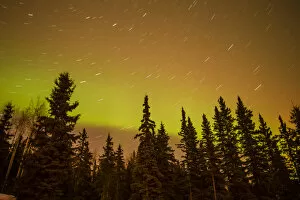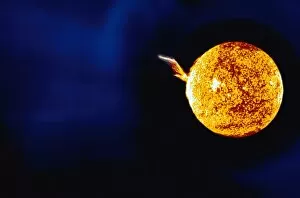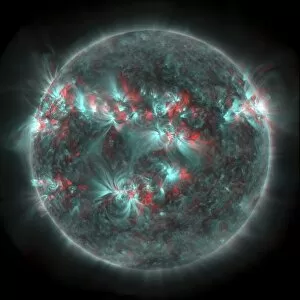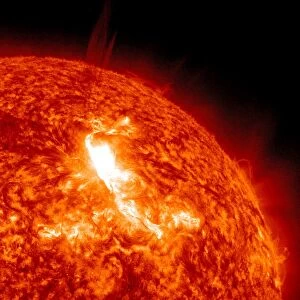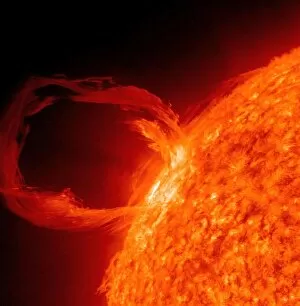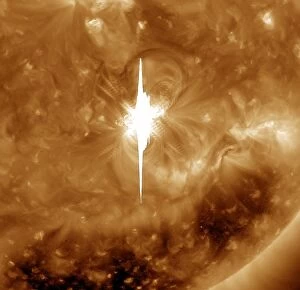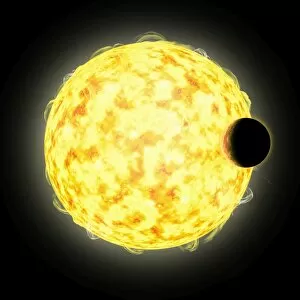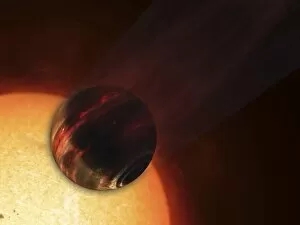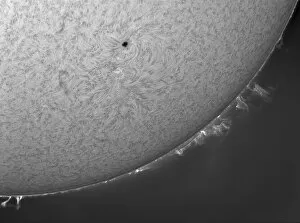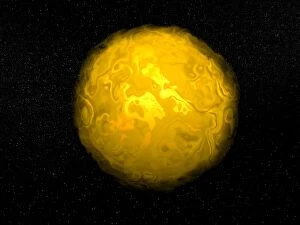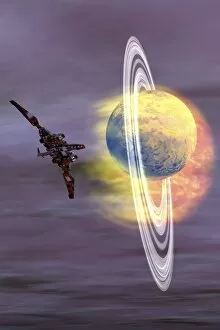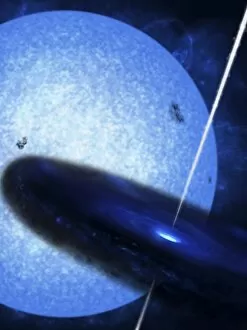Solar Wind Collection (page 2)
"Unleashing the Power of Solar Wind: Witnessing the Dance of Aurora Borealis in Norway's Winter Wonderland" Immerse yourself in the enchanting beauty of Hamnoy
All Professionally Made to Order for Quick Shipping
"Unleashing the Power of Solar Wind: Witnessing the Dance of Aurora Borealis in Norway's Winter Wonderland" Immerse yourself in the enchanting beauty of Hamnoy, a picturesque village nestled within the snowy islands of Lofoten, Norway. As winter blankets this archipelago in Nordland county, prepare to be captivated by nature's most mesmerizing spectacle – the Aurora Borealis. Underneath a moonlit sky, as solar wind particles collide with Earth's magnetosphere, they create an ethereal display that seems almost otherworldly. The Northern Lights paint vibrant hues across the heavens above Yellownife and cast their magical glow over Lofoten Islands. In this celestial ballet between charged particles and our planet's magnetic field, witness Ursa Major standing guard amidst curtains of shimmering lights. These awe-inspiring ribbons dance gracefully across the night sky like brushstrokes on a canvas. Lofoten Islands become a stage for this cosmic performance; its snow-covered landscapes serving as a perfect backdrop for nature's light show. With each flicker and wave of green and purple hues, you'll find yourself transported into a realm where reality merges with dreams. As you gaze upon these celestial wonders, let your imagination soar alongside solar winds that traverse vast distances to reach our world. Feel humbled by their power while embracing their gentle touch on Earth’s atmosphere. Let go of all worries and immerse yourself in this symphony orchestrated by Mother Nature herself. Allow your senses to be overwhelmed by the sheer magnificence unfolding before your eyes – an experience that will forever leave an indelible mark on your soul. Come to Lofoten Islands in Norway during winter - where time stands still under starry skies adorned with auroras - and discover firsthand why solar wind is not just about science but also about experiencing pure magic.

